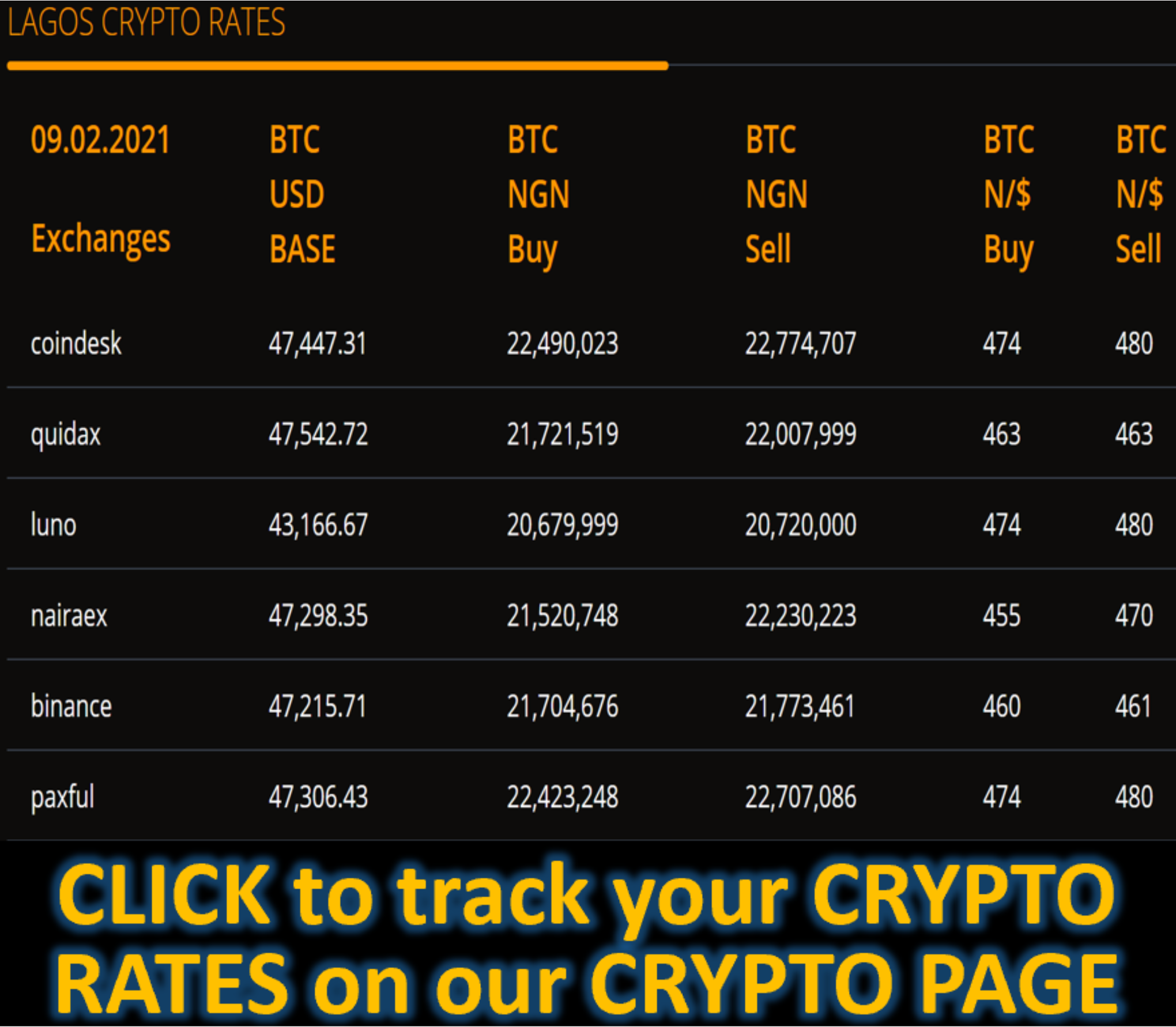Market News
Unemployment rate hits near four-year high as wage growth falls – ONS
by Holly Williams, PA Business Editor
Wage growth has eased back while Britain’s unemployment rate has hit a near four-year high as the UK jobs market falters amid worries over the impact of soaring employee costs for companies.
The Office for National Statistics (ONS) said the latest official figures showed further signs of a “cooling” labour market, with average regular earnings growth falling to 5.6% in the three months to March.
This is down from 5.9% in the previous three months and the lowest level since the three months to November 2024.
But wages still outstripped inflation, rising by 2.6% higher after taking Consumer Prices Index inflation into account.
The ONS said the rate of unemployment rose to 4.5% in the quarter to March, up from 4.4% in the three months to February and the highest since June to August 2021.
The figures also showed vacancies falling by 42,000 in the quarter to April and remaining below pre-pandemic levels for the second quarter in a row, at 761,000, while initial estimates showed the number of workers on payrolls dropped by 33,000 in April to 30.3 million.
Liz McKeown, ONS director of economic statistics, said: “Wage growth slowed slightly in the latest period but remains relatively strong, with public and private sectors now showing little difference.
“The broader picture continues to be of the labour market cooling, with the number of employees on payroll falling in the first quarter of the year.
“The number of job vacancies has also fallen again, with the rate of decline increasing in the last few months.”

While the ONS reiterated caution over the unemployment rate statistic due to an overhaul of the nation’s jobs survey, experts said the figures overall painted a picture of a weakening market before April’s rise in national insurance contributions (NICs).
Firms have faced a double-whammy hit to employee costs, with the NICs hike and latest rise in the minimum wage both taking effect in April, with signs it is affecting demand for workers and leading to job cuts.
Sarah Coles, head of personal finance at Hargreaves Lansdown, warned it was “highly unlikely to be the end of the bad news”.
“It means we can’t necessarily take job security and wage rises for granted in the coming months,” she said.

But as under-pressure firms rein in salary rises, this will help keep inflation in check and smooth the path for more interest rate cuts, according to economists.
The Bank of England cut rates to 4.25% last month and more decreases are expected over the coming months.
Paige Tao, economist at PwC UK, said: “As the Bank of England continues to balance inflation risks with growing weakness in the UK growth outlook, today’s figures may indicate a green light for another rate cut at next month’s MPC meeting.”
The Bank’s deputy governor, Clare Lombardelli, cautioned in a speech on Monday that wages are still growing too fast for inflation to sustainably come down to the 2% target.
Policymakers may be forced to bring rates down at a faster pace, however, should the global trade tariff woes impact the UK economy.









